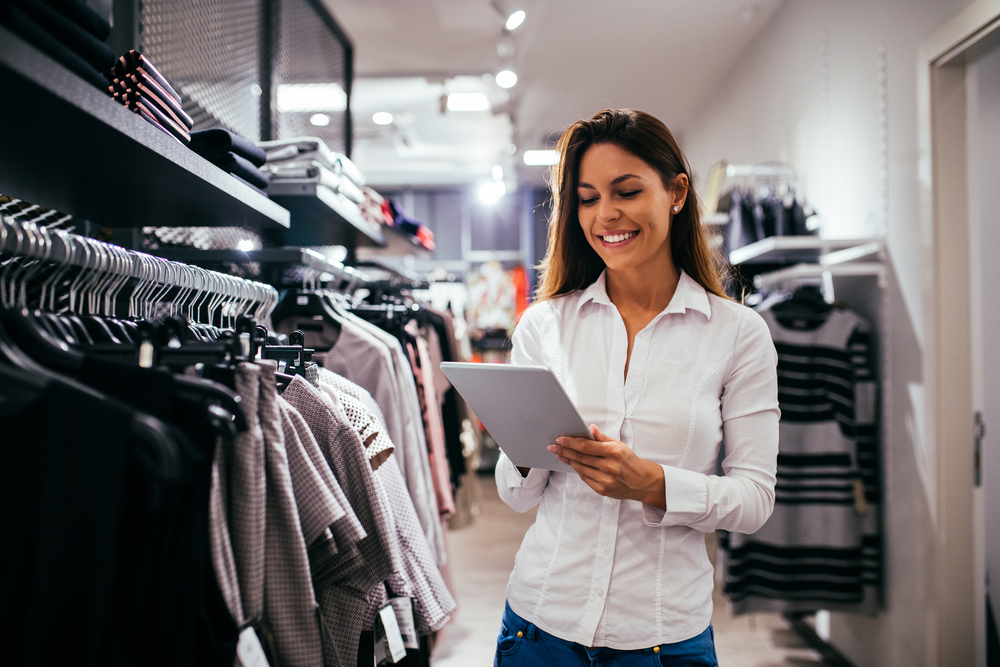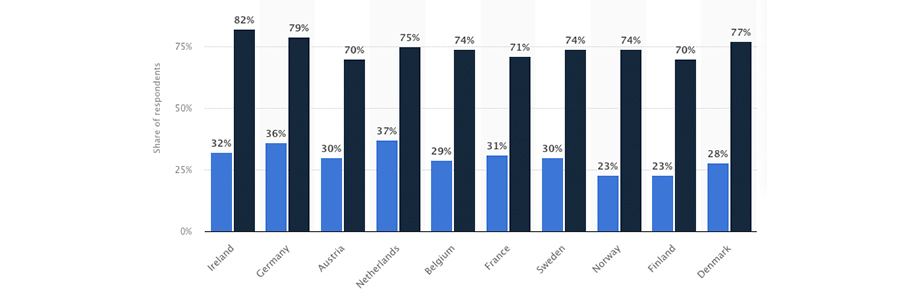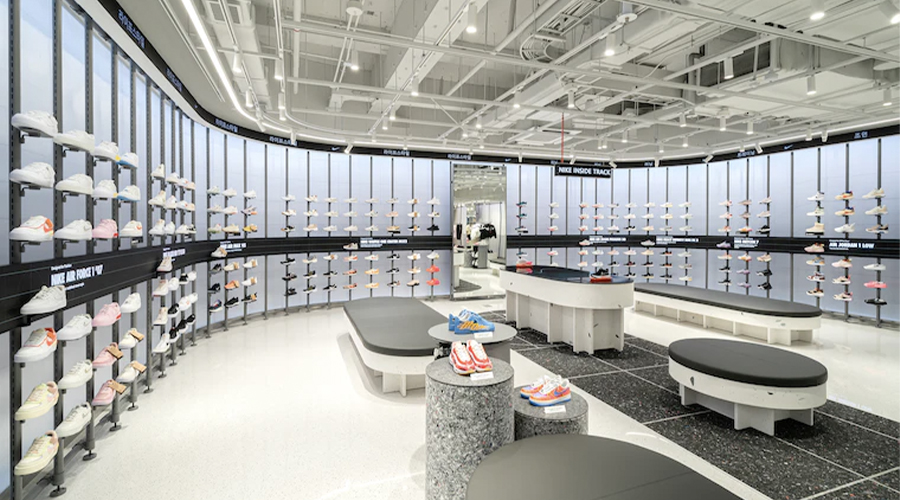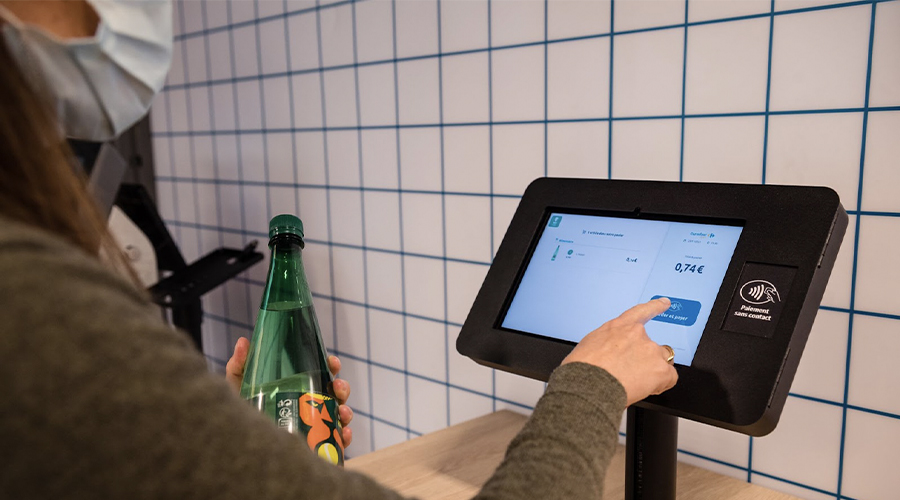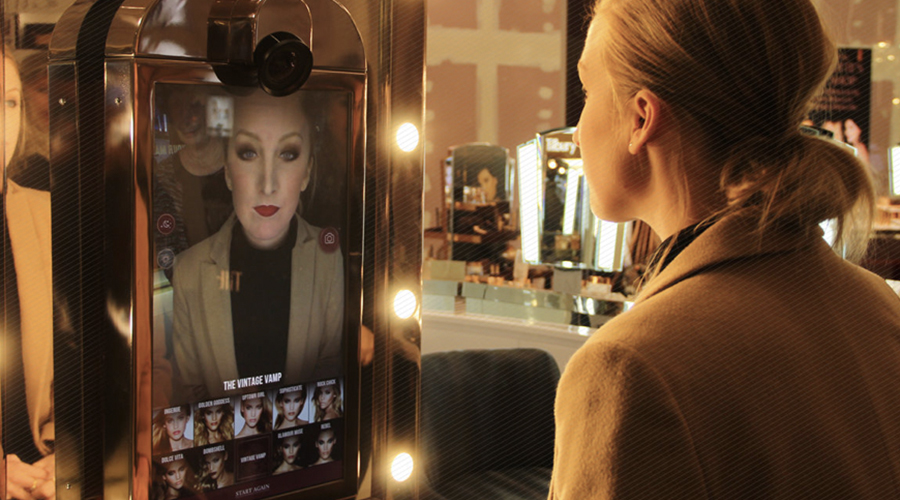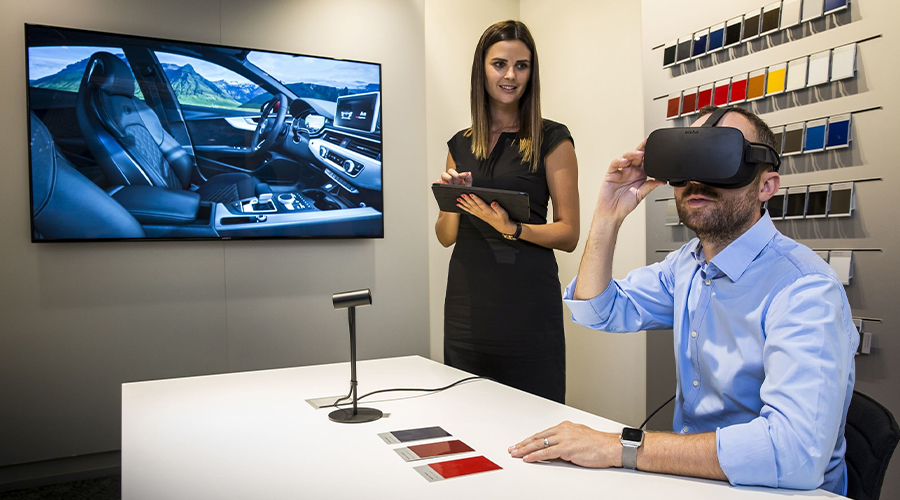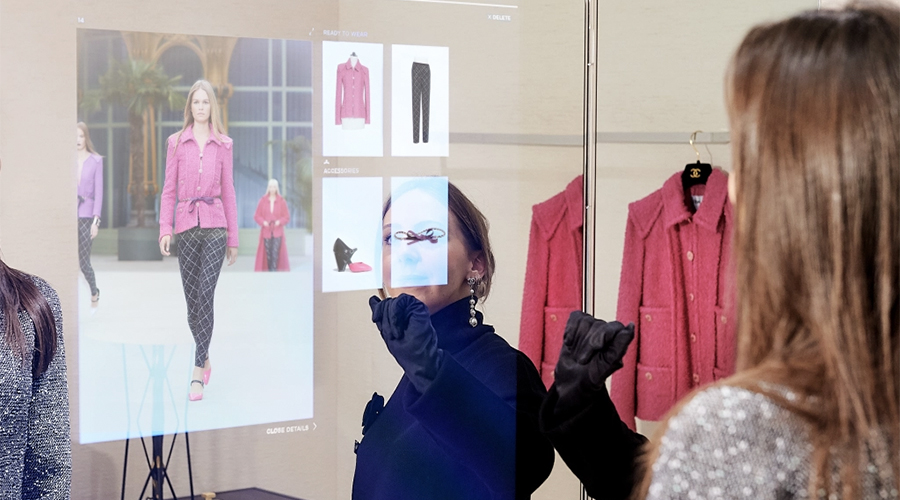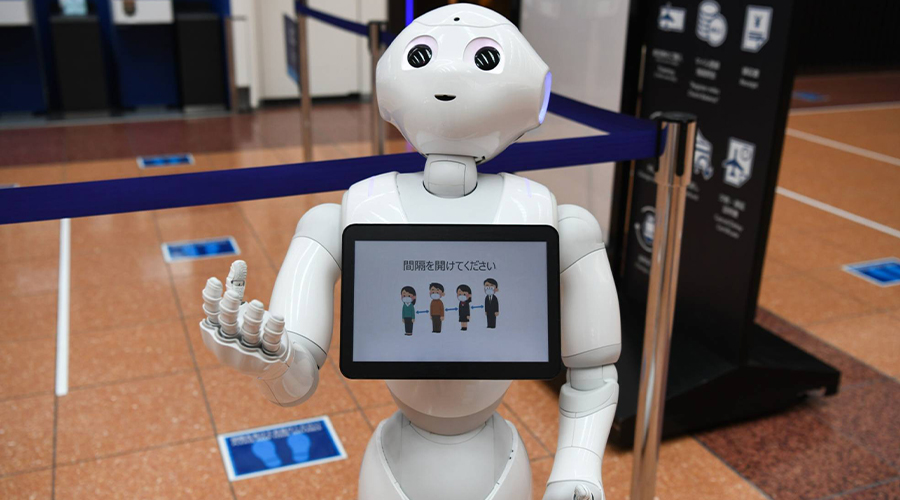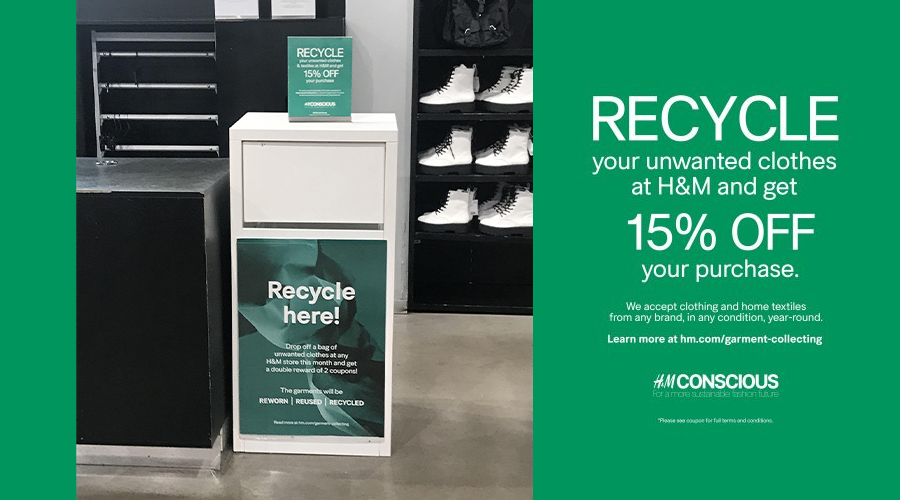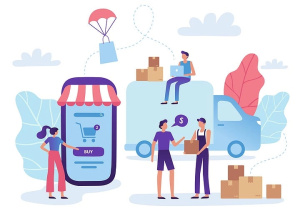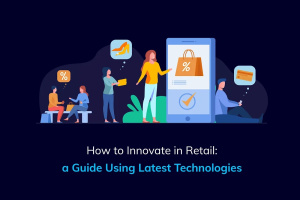Increasing the use of technology in retail stores is the best way to keep up with customers’ demand and increase revenue.
We will have a look at different stores to illustrate how they are using the power of technology to attract new customers by enhancing their digital in-store experiences.
But, first of all,
What is Digital Transformation in the Retail Industry?
Digital transformation in retail is the process of implementing technology in retail businesses by automating and enhancing old processes to provide their customers with personalized and unique experiences. For retailers, it includes implementing QR codes, augmented and virtual reality, smart assistants, enabling AI-powered product recommendations, self-checkout systems, and much more.
The best digital retail experiences are based on four main pillars which are:
For many businesses, the digital journey starts with upgrading their IT infrastructure and communications platforms. This allows to improve employee and customer satisfaction, reduces maintenance costs, and boosts business performance.
Simplifying and optimizing processes with the help of digital tools and advanced technologies such as AI, IoT, ML, etc., to serve modern shoppers better is another important step of digital transformation in retail.
A lot of global sellers are using the power of artificial intelligence and predictive analytics to win more customers. The technologies help to identify shoppers’ needs, their behavioral patterns, can set viral geo-targeting campaigns, and much more.
To keep up with competitors and meet shoppers’ expectations, retailers must regularly upgrade their products and services. Digital provides a lot of opportunities for growth and the creation of new products.
Now, let’s see how different brands have successfully transformed their in-store digital experience.
#1 Nike’s Rise Seoul Store

